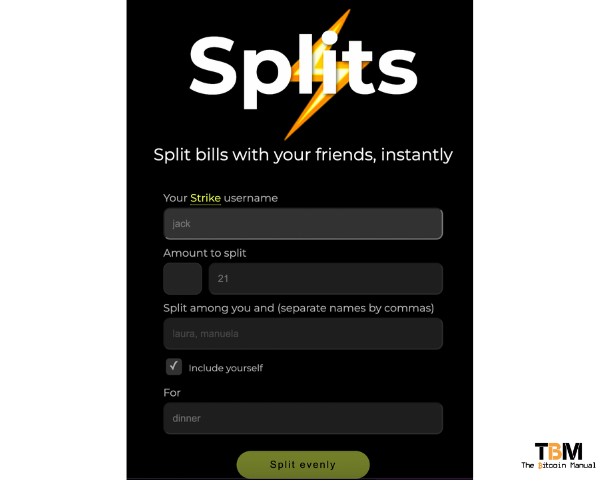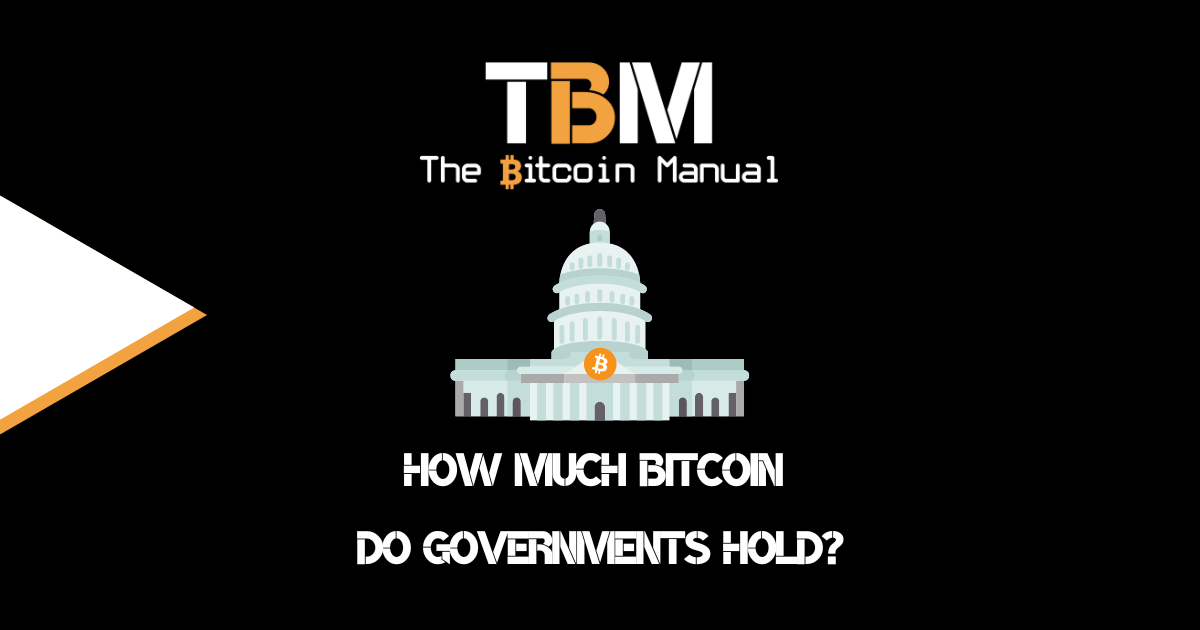Going Dutch is a term that indicates that each person participating in a paid activity covers their portion of the expenses, rather than any one person in the group defraying the cost for the entire group. The term stems from restaurant dining etiquette in the Western world, where each person pays for their meal.
In certain parts of the world, the practice of “going Dutch” is often related to specific situations or events. During meals such as birthdays, first-dates, or company business lunches, an expectation develops based on social traditions, personal income, and the strength of the relationship between the parties.
While “going Dutch” remains to be the default practice, it is also common to split the bill evenly to save some trouble if individual expenses are similar.
Bill splitting in the digital age
Bill splitting was pretty easy under a physical all-cash system; each person would lay out the amount they had to pay into a consolidated payment. Then when we moved to digital fiat like credit cards, debit cards and fintech pre-loaded finance apps, it started to get a little complimented. We all used different banks and providers who don’t talk to one another or charge additional fees, adding to the pain of splitting a pill.
Not to mention, you’re creating a digital data set on where you are, how you spend your time and money, and these financial profiles can be used against you by selling it on to advertisers.
What we needed was a digital payment option that operated precisely like cash.
Bill splitting services
The way the lightning network is constructed makes it far more adaptable and malleable to try certain forms of transactions and smart contracts than the base chain. This freedom allows developers to think of new and innovative ways to use bitcoin riding on top of the lightning network, with bill splitting services settled in LN-sats making their appearance.
Two services that have shown up recently that you can try out right now, are:
Check Splits or Splits is a lightning network compatible bill splitting service, however, it focuses solely on use with the Strike or Lightning Strike app

Let’s Go Dutch is a lightning network compatible bill splitting service, that is interoperable with both lightning invoices and LN-URL.

Adoption by lightning wallets
I hope to see options like these integrated into lightning wallets in future so they can become a native part of most people’s lightning experiences. The more excuses you give people to open up their lightning wallet, the more sats keep moving around, the more routing fees get earned, and it encourages more people to get on board.
As for users, adding more features to lightning attracts more people; when they see something like bill splitting right in front of them with payments settled in real-time, it gets the gears going. It encourages them to try it out and gives people the opportunity to use bitcoin in a real-world setting that is helpful to them.
I feel this should be the goal for lightning wallets, to give you all the advantages of cash, such as privacy and instant settlement, and this is how you get unbanked to take a look at it as an option.
Bill splitting made easier with stablecoins
If we take the concept even further by considering other projects constructed on lightning, such as balanced channel stablecoins, then bill splitting becomes even more interesting. Let’s say you’re at a restaurant in a foreign with a couple of friends, some use GBP, others use USD, and some use JPY as their unit of account. It comes time to pay the bill, and you place the amount needed to pay into the invoice.
Your stablecoin balance is reduced by the amount you need to pay and everyone else. Those different stablecoin balances could either be accepted as satoshis by the merchant or used to back a stablecoin value that the merchant prefers to hold.
Let’s do the splits
Have you tried splitting the bill using the lightning network, manually or using a service like the ones we’ve listed above? What was your experience like, if you have any opinions or videos of your experience please feel free to share them with us in the comments section down below.




